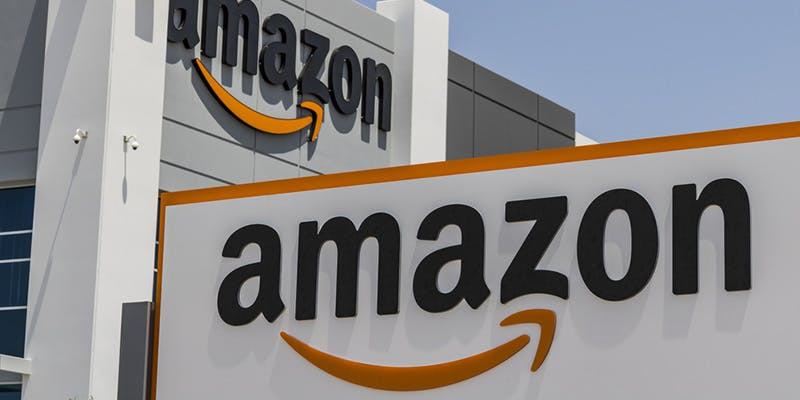Need for customer-centric supply chain increases in face of COVID-19 pandemic
In a post-COVID-19 world, several businesses will have to re-set their sustainability goals and re-visit their processes and protocols.
With coronavirus outbreak and nationwide lockdowns in most parts of the world, the need to differentiate and innovate for any business is more than ever. Supply chain logistics is no exception. In a post-COVID-19 world, several businesses will have to re-set their sustainability goals and re-visit their processes and protocols.
The supply chain business is a close-knit one, involving framework, innovation, Big Data, workers and ground-transport management. This segment is going to experience changes in the months and years to come. And when the business environment changes, players should react proactively to be able to advance to the next level.
The most significant part of customer-driven logistics is to begin from the end of your client’s point of view. Seeing how your goods and services look like and interact with your end buyers — their value, accessibility, quality, reason, highlights and that’s just the beginning. It also includes defining policies and measures in order to convey your efforts in guaranteeing more positive encounters for your customers.

Five key elements of an effective third-party logistics set-up
Never let clients leave empty-handed
There is no ‘one shoe fits all’ in business as every client in their unique set-up have their own logistics problems. Building and maintaining partnerships with other logistics solution providers and giving clients a bouquet of solutions that can me mixed and matched as per their needs is more important than ever.
Adapt innovation
In order to continue being relevant and effective, you should incorporate artificial intelligence (AI), machine learning (ML) and mapping programming into your systems. A productive supply chain partner will have the option to integrate the procedure while also distinguishing and eliminating issues rapidly.
Transparency
To achieve transparency, try to indicate your diverse shipping alternatives along with anticipated delivery, additional expenses and return policies. Ensure to give the client all the information to avoid unwanted disappointments.
Choices
Offer an assortment of shipping options which is significant as most of the shopping cart surrendering happens while picking a shipping method. Let the customer pick the relevant shipping partners and other shipping options to avoid this hazard.
Choose an end-to-end logistics partner
Your customers consider you and your shipping partner one single organisation and so if they are choosing a particular shipping partner, they are assuming you will take care of it (as if it were your any other department). For them, it is all the same which implies your logistics partner will be an immediate reflection of your brand. Along these lines, pick cautiously.
Buyers are critical to any business, as without them, there will be no deals, and without sales, there will be no income and benefits. Henceforth, there is a ton of emphasis on customer-centric approaches today.
With competition at its peak and a global pandemic forcing businesses to change the way they function, companies can have an edge by being able to incorporate a customer-driven supply chain system. This will help in facilitating and coordinating procedures at a moderately low cost.
Customer-driven supply chains help businesses to respond to difficult circumstances and strike a balance between demand and supply, consequently driving down the expenses and at the same time improving consumer loyalty.
For any business to have a successful supply chain, it must be responsive (being able to react quickly to short-term demand and supply shifts), reliable (being able to deliver a product to its rightful owner safely at the right time and place), and realigned (being able to restructure the supply chain network as and when required).
Edited by Javed Gaihlot
(Disclaimer: The views and opinions expressed in this article are those of the author and do not necessarily reflect the views of YourStory.)












